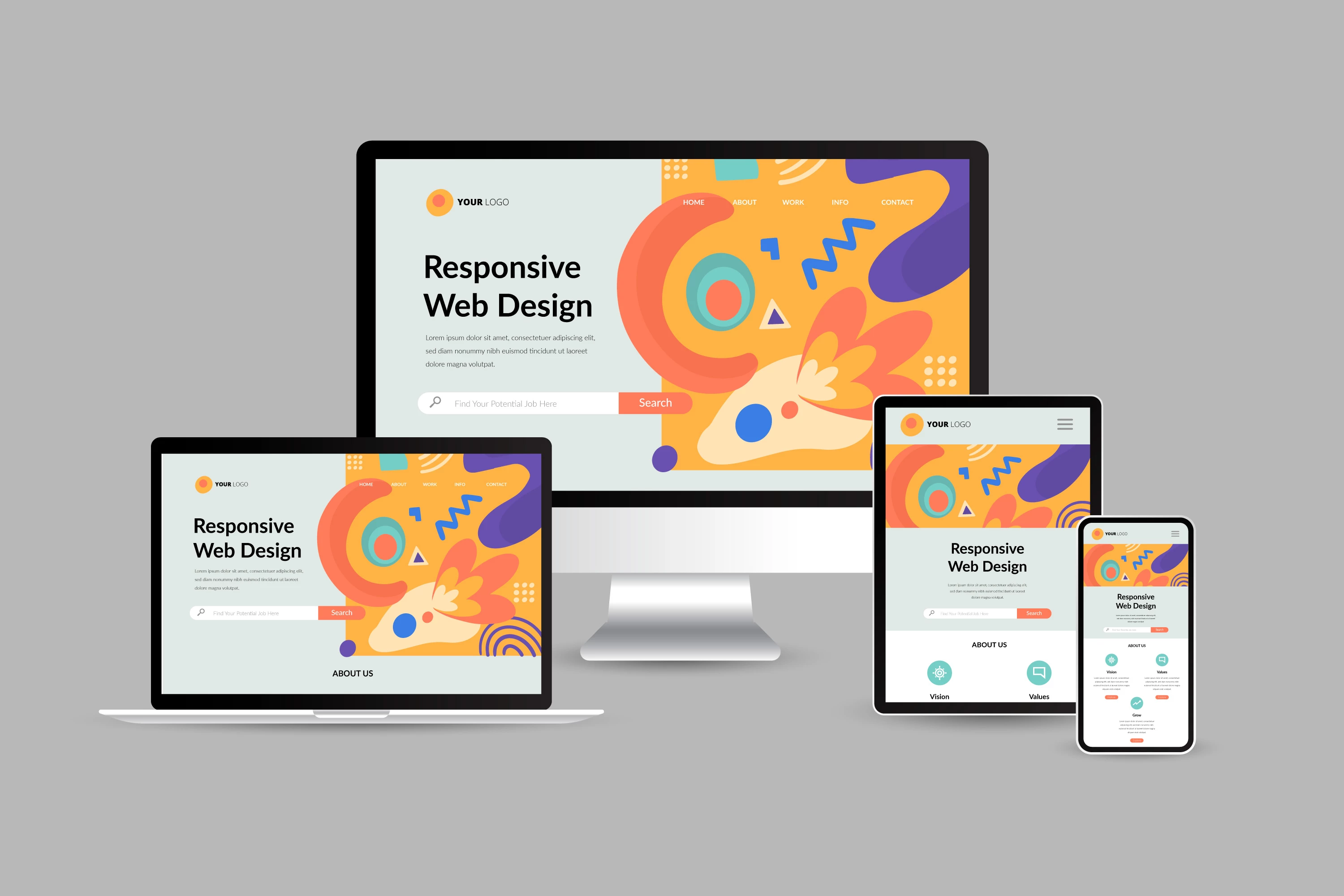Leading Tips for Developing an Impactful Internet Site Style That Transforms
In today's digital landscape, the significance of an impactful internet site design can not be overstated, particularly when it pertains to converting visitors into clients. To achieve this, one must take into consideration a variety of elements, including understanding the target audience, prioritizing individual experience, and optimizing for mobile platforms. Additionally, the calculated usage of engaging call-to-actions and a well-defined visual pecking order plays an essential duty in guiding users through their trip. As we discover these vital elements, it becomes obvious that the success of your website depends upon even more than simply visual appeal; it requires a thoughtful technique to layout and performance.

Understand Your Target Market
Recognizing your target market is fundamental to reliable web site design, as it prepares for producing an engaging individual experience. Determining that your users are, including their demographics, choices, and behaviors, makes it possible for designers to customize the site's web content, layout, and performance to meet certain needs.
Performing complete marketing research is essential in this procedure. Surveys, interviews, and analytics can provide useful insights right into individual expectations and discomfort points. By assembling this data, designers can develop user characters that stand for different sectors of the audience, making certain that layout choices are informed and appropriate.
Moreover, recognizing the target audience assists in picking suitable design aspects such as shade plans, typography, and imagery that resonate with customers. A website that speaks straight to its target market promotes a feeling of link and depend on, encouraging longer sees and greater conversion prices.
Ultimately, a user-centered method to site design not only boosts user satisfaction yet also supports service purposes by driving interaction and loyalty. By prioritizing the needs and choices of the target market, a site can efficiently serve its purpose and achieve desired outcomes.
Prioritize User Experience
To boost the total effectiveness of a site, prioritizing individual experience (UX) is important (Website Design). A well-designed UX guarantees that visitors can navigate the website effortlessly, discover information promptly, and engage with content meaningfully. This results in enhanced user contentment and higher conversion rates
Begin by executing instinctive navigation. Menus should be realistically structured, allowing individuals to locate crucial locations of the site with minimal effort. Uniformity in style elements, such as color design and typefaces, promotes familiarity, which is crucial for maintaining individual involvement.
Furthermore, take into consideration the filling rate of your site. A delay of just a couple of secs can cause considerable drop-offs, as individuals are much less most likely to wait on a slow-loading page. Improving photos and enhancing code can enhance performance and preserve visitors.
In addition, clarity in content presentation is vital. Use concise, appealing language and damage up text with visuals to enhance readability. By focusing on individual experience, you not only create an extra enjoyable Website Design environment for site visitors but likewise reinforce your brand name's reputation. Inevitably, a concentrate on UX is a financial investment in the long-lasting success of my review here your web site.
Maximize for Mobile Instruments
Optimizing for mobile tools is critical in today's electronic landscape, where an enhancing number of customers access websites with smartphones and tablets. A mobile-friendly design not just enhances user experience but also plays a considerable function in enhancing online search engine positions. To attain this, it is necessary to adopt a receptive style that immediately adjusts to various screen sizes and alignments.

Packing rate is another crucial aspect; mobile users are normally much less person and expect quick accessibility to information. By prioritizing mobile optimization, you make sure that your site remains affordable and effectively involves a broader audience.
Usage Engaging Call-to-Actions
A site's efficiency often rests on its ability to direct site visitors towards wanted actions, making engaging call-to-actions (CTAs) crucial components of design. CTAs act as the essential factors that route users to involve with the site, whether that means making an acquisition, registering for a newsletter, or downloading and install a resource.
To produce efficient CTAs, clearness is paramount. Use succinct language that plainly interacts the activity you want the individual to take. Phrases such as "Get going," "Join Free," or "Store Now" not just share necessity yet additionally remove ambiguity. The positioning of CTAs is similarly vital; they need to be purposefully placed throughout the webpage to ensure they are easily noticeable, specifically in high-traffic areas.
Additionally, the design of CTAs should stand apart without being noticeable. Utilize contrasting shades and clear font styles to ensure they record focus. Furthermore, think about using directional signs, such as arrowheads or photos, to guide customers towards these buttons. By concentrating on these aspects, businesses can significantly enhance individual interaction, driving conversions and inevitably accomplishing their site's objectives.
Concentrate On Visual Pecking Order
Reliable web site design counts heavily on a well-structured aesthetic power structure that overviews users via content effortlessly. By organizing components in a fashion that prioritizes details, designers can enhance user experience and assist in decision-making. This entails utilizing dimension, color, comparison, and spacing strategically to attract focus to the most crucial redirected here parts of a webpage.
Making use of bigger typefaces for headings and subheadings establishes a clear difference in between different areas, enabling customers to check content effortlessly. In addition, utilizing contrasting colors for switches and calls-to-action can record customer interest and motivate communication. Whitespace is an additional necessary element; it avoids mess and makes it possible for customers to concentrate on essential messages without diversions.
Photos and graphics need to complement the text while additionally sticking to the established power structure, reinforcing the total message (Website Design). Consistency in design components, such as color schemes and typography, additional enhances the aesthetic pecking order, making navigating instinctive

Conclusion
In conclusion, reliable web site design demands an extensive understanding of the target audience, prioritization of customer experience, and mobile optimization. Inevitably, a well-executed website layout serves as a critical part in driving customer actions and attaining company purposes.